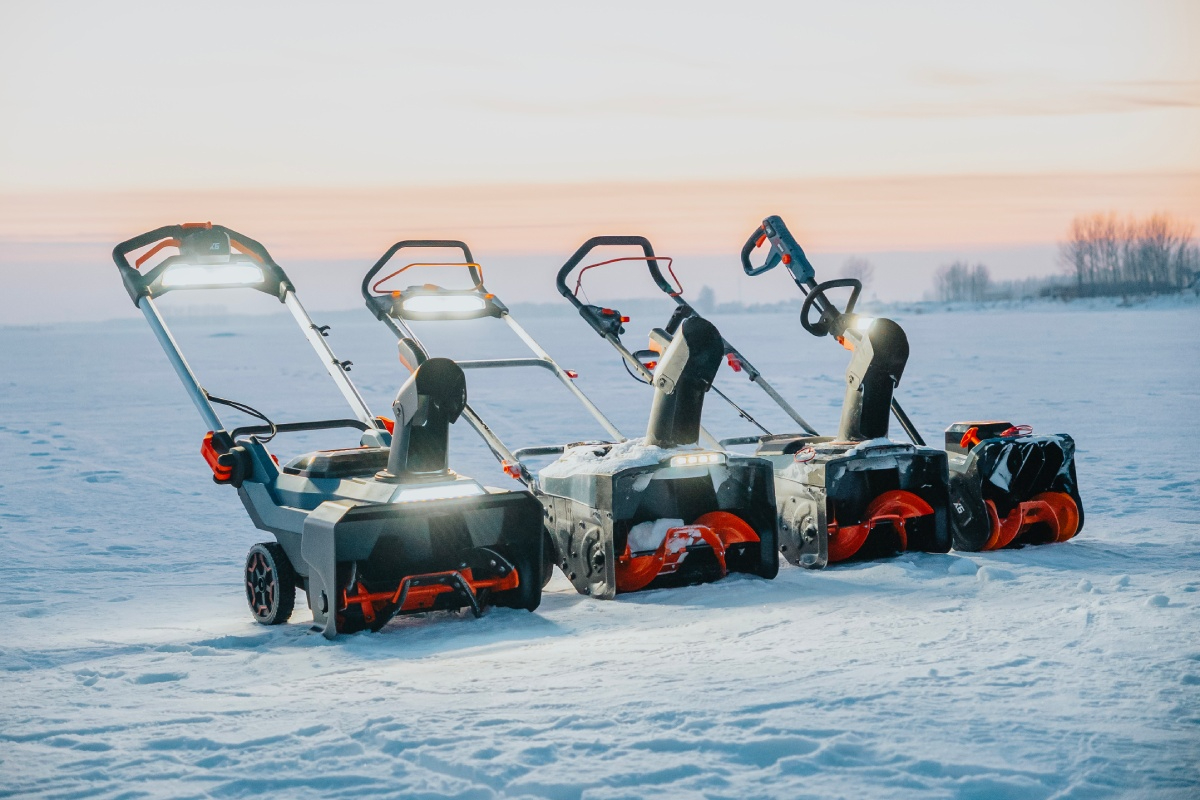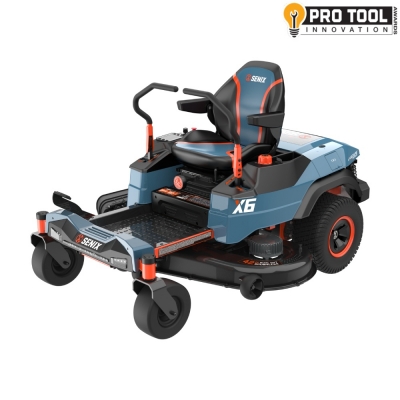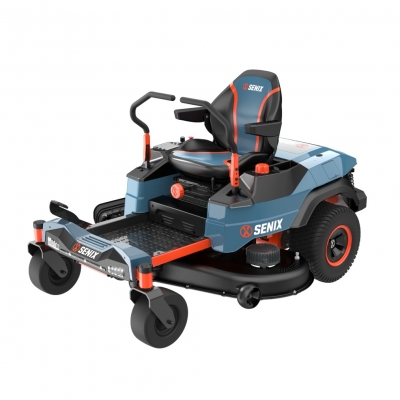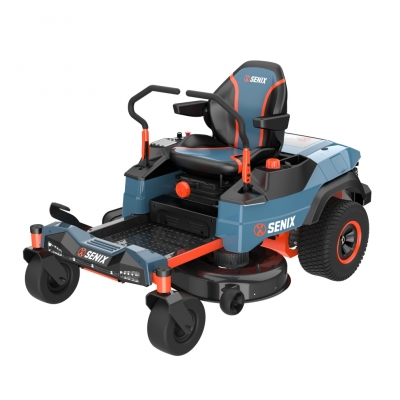Snow Blower vs. Snow Thrower: The Difference You Need to Know This Winter
The weather forecast says your area is going to get a big snowfall. You have a cup of coffee in your hand, but you are worried about how to clean up after the snow. That's when a powerful snow removal tool will solve your worries. But, snow blower or snow thrower? Are they the same thing? No worries! Let's cut through the fluff (and the flakes). Here's what you really need to know—no fluff, no hype, just snow-moving science and street-smart advice.
What's the Difference Between a Snow Thrower and a Snow Blower?
First up, let's settle the naming confusion.
A snow thrower is technically a single-stage machine. That means it has one rotating auger that scoops snow and flings it out of the chute in one motion—think of it like a mechanical snowball pitcher. It's lightweight, easy to maneuver, and ideal for light-duty jobs.
On the other hand, a snow blower usually refers to a two-stage machine. This big guy uses two mechanisms: the auger first pulls snow in, then a high-speed impeller fan hurls it far away. This design is more powerful, better suited to deeper or wetter snow, and often comes with self-propelled wheels to help push through heavy loads.

Choosing the Right Tool: It's All About Your Winter Reality
Not every snowstorm—or driveway—is created equal. Choosing between a thrower and a blower comes down to matching the machine to your environment and needs.
If your driveway is small—say, two cars wide by a couple of cars long—and you usually get dry, powdery snow under 8 inches, a snow thrower is more than enough. They're compact, simple to use, and often available in electric models, which are quiet, low-maintenance, and perfect for urban or suburban settings.
But if you're staring down a long gravel driveway, frequent lake-effect snow dumps, or slushy, wet messes that pack like cement, you're going to need a snow blower. These machines are built for big jobs. They have wider intake widths (typically 24–36 inches), taller scoops (up to 20 inches or more), and gas-powered engines strong enough to chew through snowbanks with ease.
Terrain and Surface: Gravel vs. Pavement
Single-stage throwers work best on flat, paved surfaces. That's because their auger touches the ground and helps push the snow. Use one on gravel, and you risk throwing more rocks than snow—straight into your car, fence, or living room window.
Two-stage snow blowers, by contrast, don't let the auger touch the ground. Instead, they glide over uneven terrain on skid shoes, making them safe and effective on gravel, dirt, or rough asphalt. If you have a long or unpaved driveway, a snow blower is the clear choice.
Weight, Storage, and Physical Ability
Snow throwers are light—often under 100 pounds—and easy to push around, even for smaller users. They can be stored upright in a closet or corner of the garage, and many electric models don't even need gas or oil.
Snow blowers, on the other hand, are heavy-duty tools. Some models top 250 pounds, but most are self-propelled, meaning they drive themselves forward as you steer. Still, you'll need space to store them, ideally a garage or shed. And while they reduce physical strain during operation, they require a bit more effort to maintain—changing oil, checking spark plugs, replacing skid shoes, etc.

Must-Know Specs (That Actually Matter)
Let's talk practical details—not marketing fluff.
Intake height matters more than you think. Always choose a machine with an intake at least 2 inches higher than your average snowfall. If you regularly get 10-inch snowfalls, don't settle for an 8-inch thrower. You'll be back to the shovel halfway through the job.
Tires and traction make a huge difference. Choose cleated or deep-tread tires if you have inclines or icy terrain. Smooth tires will just spin and frustrate you.
Chute control can make or break your workflow. Avoid old-school hand-crank chutes—they freeze up in wet conditions. Look for joystick or lever-controlled models for quick directional changes, especially when snow is flying near windows or cars.
Common Mistakes
Use a single-stage thrower on a gravel path, and you're asking for trouble. Rocks in the auger can crack blades, jam motors, and turn your snow chute into a cannon aimed at your house. That's a $300 window repair waiting to happen.
Run a two-stage blower on bare pavement, and you risk grinding down your driveway—literally. The metal skid shoes can scrape asphalt and concrete, especially if they're worn. Make a habit of checking them annually and replacing as needed.
Forget to replace shear pins? You'll find out fast. These $5 safety devices snap to protect your gear when the auger jams. Ignore them, and you could be looking at a $200 repair bill for a broken auger shaft.
The Verdict: Who Should Buy What?
If your winters are light and your space is small, a snow thrower is a nimble, quiet, and affordable solution. It's perfect for small paved driveways, patios, or sidewalks—and it won't break your back or your budget.
But if your driveway is long, your snow is heavy, or your terrain is less than perfect, go for a two-stage snow blower. The upfront cost and size are greater, but so is the payoff in time, efficiency, and reliability.
Final Thought
Snow doesn't care what machine you bought. But with the right one? You'll clear your path like a pro—before your neighbor even finishes scraping his windshield.



 (5.0)
(5.0)
